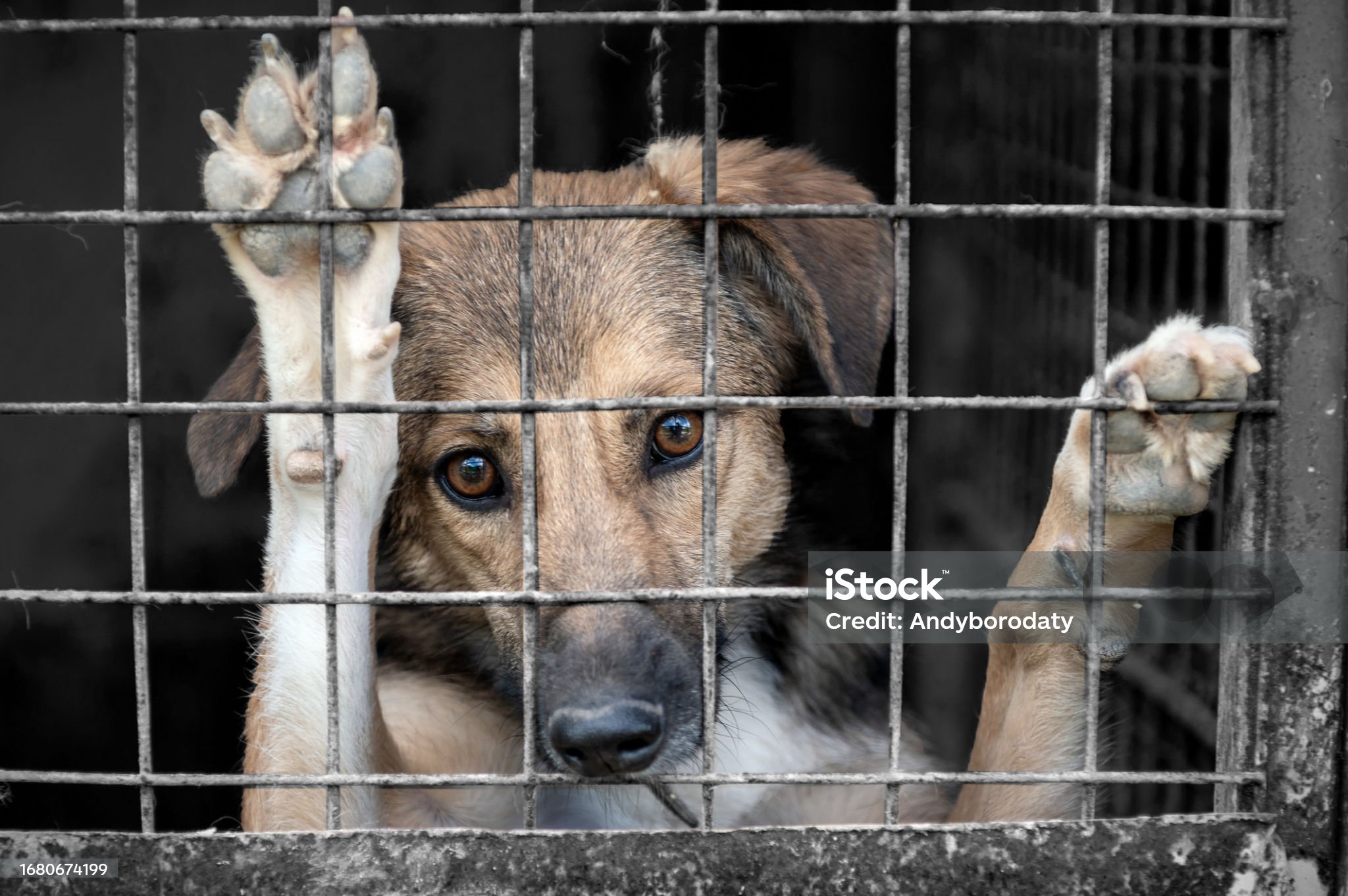
Animal abuse is a silent yet pervasive issue that continues to plague societies worldwide, including in Singapore. Known for its high standards of living and stringent laws, Singapore still witnesses a disturbing rise in animal cruelty cases. This article aims to illuminate the harrowing reality of animal abuse in Singapore, urging every reader to remain vigilant and proactive in combating this cruelty.
The State of Animal Abuse in Singapore

Disturbing Statistics and Incidents
The Society for the Prevention of Cruelty to Animals (SPCA) Singapore reported 915 cases of suspected animal cruelty in 2023 alone, marking an increase of 79% from 2022. The Animal & Veterinary Service (AVS) also documented a rise in investigations into animal abuse, highlighting a pervasive issue that often goes unnoticed.
One heartbreaking case involved a man who brutally beat his pet dog with a metal rod, resulting in severe injuries. Another case saw a couple fined for neglecting their cat, which was found emaciated and severely dehydrated. These incidents are not isolated; they reflect a broader, insidious problem that demands immediate attention and action.
High-Profile Cases: A Glimpse into Everyday Cruelty
Media coverage of high-profile animal abuse cases has played a crucial role in raising public awareness. For instance, a widely publicized case involved a woman who was filmed repeatedly hitting her pet dog. The footage sparked widespread outrage and highlighted the dire need for stricter enforcement of animal protection laws.
Legal Framework: Strong But Insufficient
Singapore’s legal framework, encapsulated in the Animals and Birds Act, prescribes severe penalties for animal cruelty, including up to 18 months in jail, fines up to SGD 15,000, or both. Despite these stringent laws, the increase in abuse cases indicates that legislation alone is not enough. Effective enforcement and public cooperation are critical in deterring potential abusers and protecting vulnerable animals.
The Need for Vigilance

Recognizing and Understanding Abuse
Recognizing signs of animal abuse is the first step toward intervention. Physical indicators include visible injuries like cuts, bruises, or broken bones, while behavioral signs may manifest as excessive fear, aggression, or withdrawal. Neglect, a form of abuse, often appears as malnutrition, poor hygiene, and untreated medical conditions.
Reporting Abuse: A Civic Duty
Suspecting an animal is being abused necessitates immediate action. In Singapore, individuals can report suspected cruelty to the SPCA or AVS. Providing detailed information, including the location, description of the animal, and nature of the abuse, enables authorities to respond swiftly and effectively.
Preventative Measures Against Animal Abuse

Education and Awareness: The First Line of Defense
Education plays a vital role in preventing animal abuse. Public awareness campaigns can inform citizens about the responsibilities of pet ownership and the severe consequences of cruelty. Schools and community organizations can instill values of compassion and humane treatment of animals from a young age.
Strengthening Legal Framework and Enforcement
While Singapore boasts strict animal protection laws, enforcement needs to be more rigorous. Strengthening these laws and ensuring their robust enforcement can serve as a more potent deterrent. This includes increasing penalties for offenders and ensuring prompt and thorough investigations of reported cases.
Supporting Animal Welfare Organizations
Organizations such as SPCA, the Animal Concerns Research and Education Society (ACRES), and other animal welfare groups are on the front lines of combating animal abuse. These organizations rescue abused animals, provide medical care, and advocate for stronger animal protection laws. Supporting these groups through donations, volunteering, or participating in their events can significantly bolster their efforts.
Community Involvement: A Collective Responsibility
Communities must play an active role in preventing animal abuse. Neighbors and community members should be vigilant and report any suspected cases of cruelty. Establishing community watch programs can help monitor and report abuse, ensuring timely intervention.
Personal Responsibility in Preventing Animal Abuse

Responsible Pet Ownership
Pet owners have a profound responsibility to ensure the well-being of their animals. This includes providing adequate food, water, shelter, and medical care. Pets also require regular exercise and mental stimulation to maintain their physical and psychological health.
Advocacy and Activism
Individuals can also advocate for animal rights by participating in campaigns, signing petitions, and engaging with policymakers. Active involvement can lead to significant changes in laws and societal attitudes towards animals.
Harnessing the Power of Social Media
Social media is a powerful tool for raising awareness about animal abuse. Sharing information on how to recognize and report abuse, along with promoting stories of rescued animals, can help spread the message and encourage more people to take action.
Conclusion: A Call to Action
Animal abuse is a severe issue that demands our immediate attention and collective effort to combat. In Singapore, the rising number of reported cases underscores the need for increased vigilance and stronger preventive measures. By recognizing signs of abuse, reporting suspected cases, and supporting animal welfare organizations, we can all play a part in protecting animals from harm.
Education, stronger laws, and community involvement are key to creating a safer environment for animals. As responsible pet owners and advocates for animal rights, it is our duty to ensure that all animals are treated with the respect and kindness they deserve. Together, we can work towards a future where animal abuse is eradicated.

References
- Society for the Prevention of Cruelty to Animals (SPCA) Singapore. (2023). Annual Report.
- The Straits Times. (2024). Animal cruelty and welfare cases surge 79% in 2023, highest in 11 years: SPCA
- Today Online. (2021). Man jailed for beating pet dog with metal rod.
- Channel News Asia. (2021). Woman caught on camera abusing dog sparks public outrage.
By staying informed and taking action, we can help create a compassionate society that values and protects its animals. If you witness or suspect animal abuse, do not hesitate to report it and contribute to the fight against cruelty. Together, we can make a difference.






























